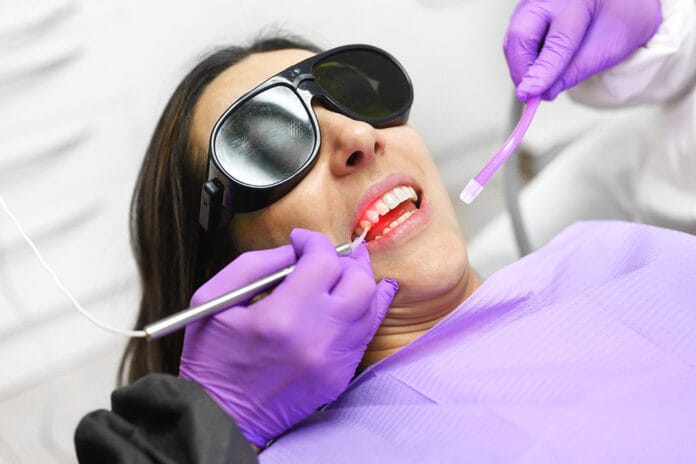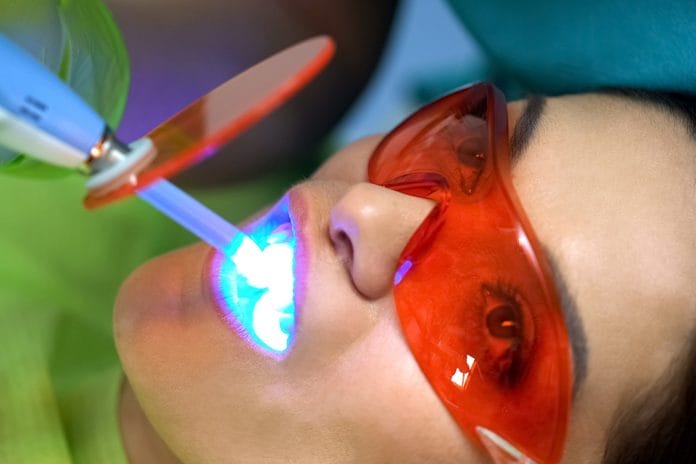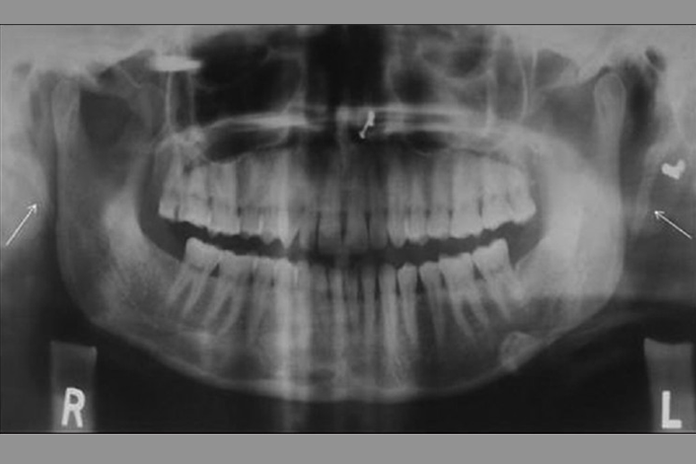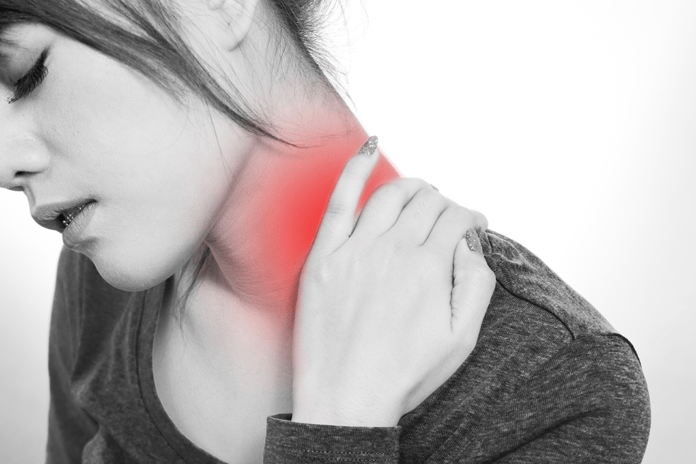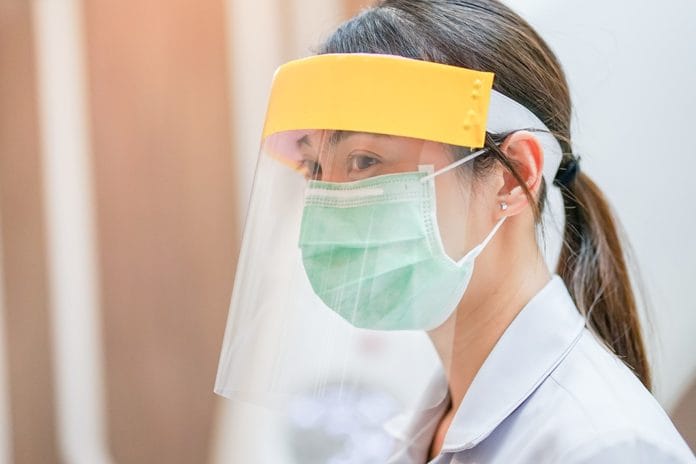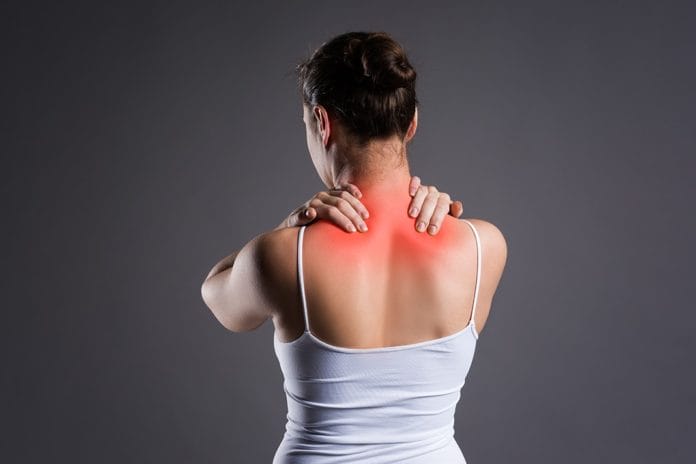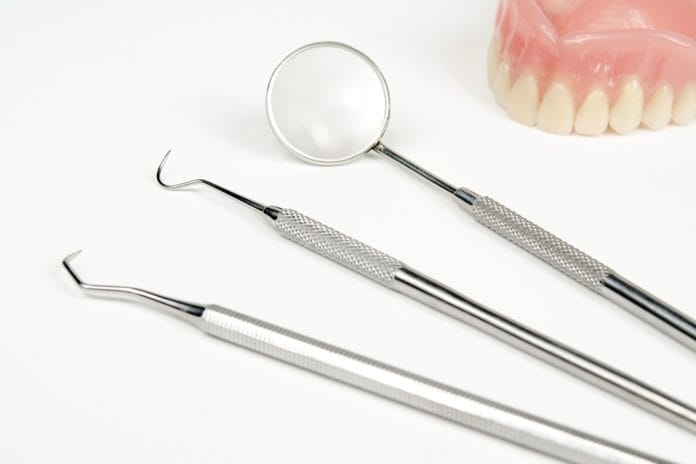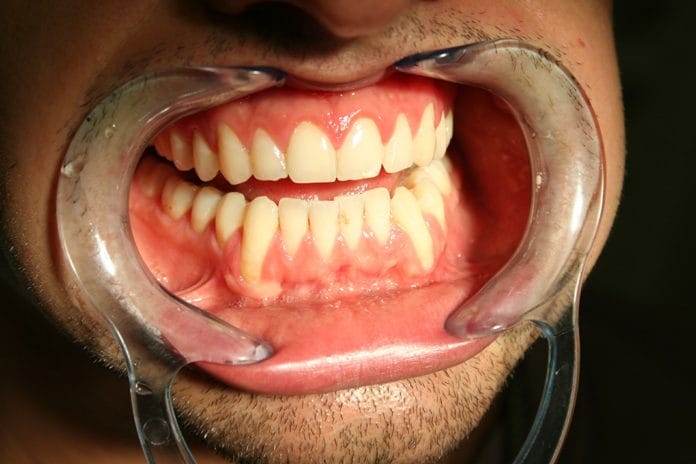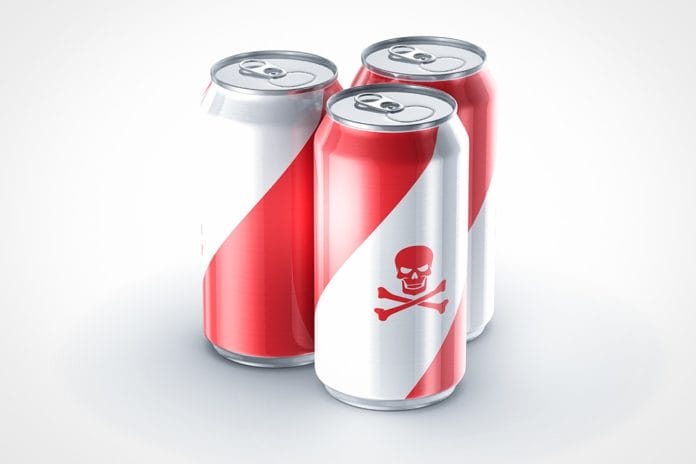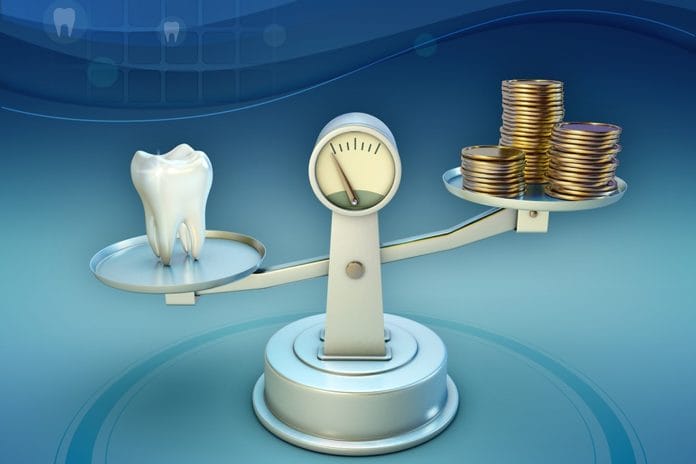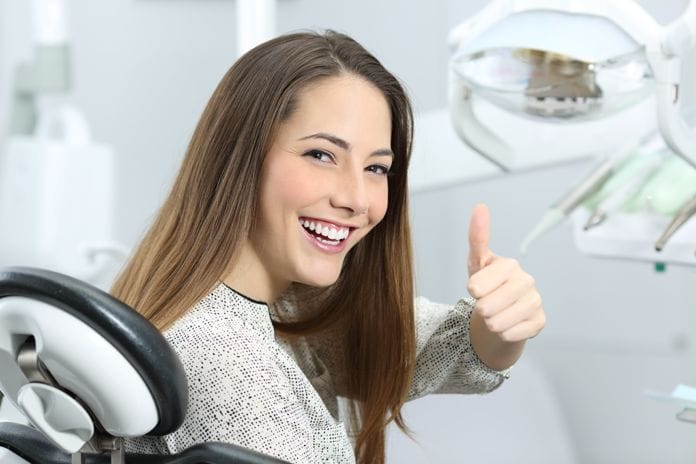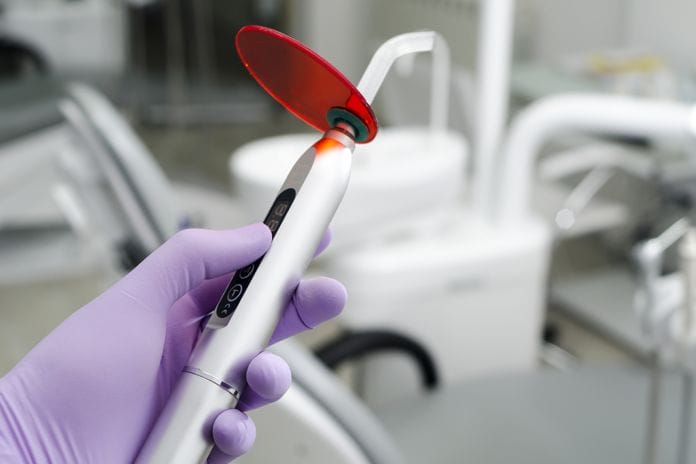Rebecca Marie Friend, BS, RDH
Laser-assisted Hygiene Therapy: Integrating Laser Therapy for Dental Patients
March 2020 has forever changed our world as well as the way we treat patients in the dental setting. Adhering to strict Center for...
6 Things You Need to Know About Dental Sealants
Today’s society, especially in the U.S., is inundated with sugary liquids posing as healthy or energizing drinks. Many parents pack their children’s lunch boxes...
Eagle Syndrome: How RDHs Can Distinguish it from TMD
Eagle syndrome is a rare condition where the styloid process becomes elongated or the stylohyoid ligaments become calcified. When the process elongates, it can...
Online Dental Reviews: How to Turn a Negative into a Positive
In today’s online society, digital media has repeatedly demonstrated its power to influence, and dental professionals have been the recipients of the dreaded and...
Ergonomics: If I’d Only Known
Ergonomics
Noun, plural in form but singular or plural in construction
er·go·nom·ics ˌər-gə-ˈnä-miks
An applied science concerned with designing and arranging things people use so that the people...
Zinc: A Closer Look, Including Some Dental Benefits
You may have noticed lately that the shelves in the local pharmacies and retailers have been depleted of zinc supplements. News got out like...
Post Coronavirus: The Alpha and Omega of a Successful Dental Hygiene Appointment
Editor's Note: Information about COVID-19 is changing on a daily, sometimes hourly, basis. We have made every attempt to ensure this article is up-to-date...
Smart Workday Stretches That Promote Longevity for Dental Hygienists (Videos Included)
Throughout my 30-year career as a clinical dental hygienist, I have had several physical therapy sessions for hand, shoulder, neck, and lower back chronic...
Be an “Eagle-Eye” – The Importance of Hygienist, Doctor, and Patient Co-diagnosing
My employer often calls me “Eagle Eye” because he knows and appreciates my skills as a hygienist. Having a heightened sense of the oral...
Type 3c Diabetes: Newly Discovered, Misunderstood, and Misdiagnosed
I am always surprised and intrigued to discover new information through my patients. Recently, a patient (male, late 40s) proudly showed me his smartphone...
Code Red: What Dental Codes to Use in Different Situations
Sometimes it feels like we need a code red to determine which code best suits our patient’s particular dental condition. I am sure we...
A Sharper Edge: Banishing Dull Instruments From Dental Hygiene Operatory
The clock is ticking along rather quickly in the dental operatory when your next patient arrives before you have even scheduled your current patient’s...
The Pinhole Technique: What Hygienists Need to Know
Gingival recession is a common malady we see to some degree on nearly every patient that comes through the dental office. Perhaps recession is...
45 Dental Hacks for an Efficient Day!
Whether it be in the clinical setting, or at home, we all need to streamline our resources to help us work smarter, not harder....
The Dental Hygiene Revolution: Reflect, Research, Take Action vs. Deflect, Accept, Do Nothing
We reflect, research, and take action on a daily basis in our clinical dental hygiene operatories. Sometimes the opposite is true of us as...
The Hidden Dangers of Diet Colas
As a whole, we are a health-conscious society. Exercise and diet play a major role in our attempt to become and remain healthy. Diet...
To Upsell or Not, That is The Question
I have been a practicing Registered Dental Hygienist since 1987. I cannot believe the math, but yes, 31 years! I have witnessed a lot...
How to Connect with Patients and Get Results
Oral health promotion plays a primary part in our role as Registered Dental Hygienists. We are in fact, Oral Health Practitioners. How often though,...
Why One Hygienist Decided to Dust Off Her Laser for Periodontal Maintenance Care
Laser. The word sounds scary if it isn’t understood. A laser produces a narrow and intense beam of light energy which can be used...

